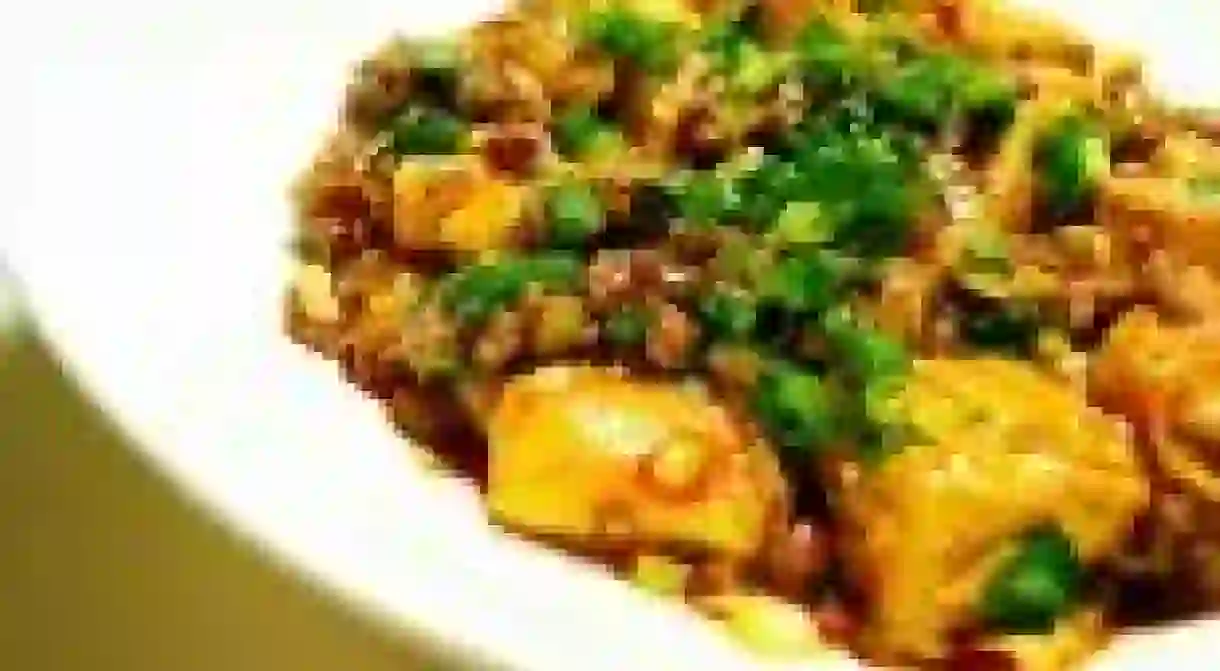The Best Sichuanese Dishes In Chengdu, China

Chengdu is not only home to giant pandas, ancient cultures and unique tea houses, but also to mouth-numbingly spicy Sichuanese dishes. Tempting visitors into this hotspot, Chengdu’s culinary culture features two main ingredients, the Sichuan pepper and the chili pepper. The fusion of the two produce some of the world’s spiciest dishes, which locals happily devour and which have made Sichuanese cuisine famous around the world.

In 2010 Chengdu, the capital of Sichuan, also known as Szechuan, province in Southwest China, was designated as the first UNESCO City of Gastronomy in Asia. This label reflects the region’s obsession with its home grown spicy peppers. Found in every secret nook and cranny in the city is a restaurant, market stall, tea house or street vendor selling their own take on Sichuanese cuisine. Visitors to Chengdu cannot escape the succession of culinary treats and in keeping, culinary tours are commonplace. Teaching the visitors about the ingredients, culinary traditions and most popular dishes, the tours help tourists to navigate their way around the epicenter of this food orientated city. Cooking classes are also a favorite for visitors, where they learn how to make the finest Sichuanese dishes, full of the powerful flavors which make them so renowned.
They may be small, but the Sichuan pepper combined with the chilies are the main culprits for the torturous spicy kicks and unusual aromas found in Sichuanese dishes. Locals claim these mouth-numbing ingredients have medical value and, as a result of the often cold and overcast climate, the body gains much needed heat through its spicy fare. Other medicinal benefits are said to include pain relief, weight loss and aiding digestion.
The tiny berries, mistakenly called peppers, are not only central to the culinary culture but are thought to instigate the famous numbing sensation one gets when determinedly eating the Sichuanese dishes. Similar to pins and needles, the numbing feeling occurs when the spice from the Sichuan pepper awakens the non-sensitive nerves in the tongue, causing the brain to become confused. This rather intense experience is said to be addictive to some.
Three Great Sichuanese Dishes

Dan dan Noodles
This noodle dish is usually made up from minced pork, scallions, chili oil, Sichuan peppers and peanuts. The name dan dan roughly translates to pole over shoulder, and originated more than a century ago when vendors would walk the streets carrying noodles in a basket hanging from a pole, resting on the vendor’s shoulder.
Where to try it:
The old streets of Chengdu which were once lined with street vendors, are today seeing an influx of restaurants. Now considered a rarity, these vendors can still be found, and are easily spotted by their red and black wooden barrels. Some of the best Sichuanese dishes can be found on the streets, including dan dan noodles.

Mapo Tofu
Amongst other ingredients, Mapo Tofu is a tofu based dish combined with black beans, spicy sauce and pork or beef depending on the diner’s preference. Easy to make, Mapo Tofu is a favorite with tourists, locals and cooks worldwide. The ingredients create a simple but addictive fusion of flavors to entice even the weakest tastebuds, and the story behind Mapo Tofu is even more distinctive than the dish itself. Often translated as Pockmarked Lady’s Bean Curd, this dish was apparently named after an old lady with pockmarked skin who would serve the now famous dish.
Where to try it:
As their name suggests, people travel from all over to sample the Mapo Tofu at Chen Mapo Tofu. Devoid of English speaking waiters, the experience at Chen Mapo Tofu is completely authentic, and they are more than generous with the Sichuan peppers for a truly unforgettable meal. Popular among locals, this restaurant offers an affordable way to sample Mapo Tofu.
Chen Mapo Tofu, 29 Wenshuyuan St, CaoShiJie, Qingyang Qu, Chengdu Shi, Sichuan Sheng, China, 610000

White Fungus Soup
The white fungus soup is especially loved as a snack food, made from the edible fungus also known as snow fungus and white tree-ear. Often mixed with berries, nuts, lotus seeds, dried longan or goji berries, this sweet soup boasts a variety of flavors, not to mention textures. This dessert soup is enjoyed during hot weather, and as the white fungus is said to provide health benefits such as improved skin, respiratory systems and lungs, it is a well loved dish in Chengdu.
Where to try it:
With over 500 different variations of snack food, Chengdu customs involve late night snacking, where individuals flock to different food outlets to gorge on spicy snacks whilst enjoying the city’s dynamic social setting. Day and night, the snack food can be consumed, and the best avenues to find these bite sized meals are at Wenshu Temple, Jinli Old Street, Kuan Zai Alley, Chunxi Road and Wuhou Street. The refreshing white fungus soup can be found at Huang Cheng Ba Snack Place near Wuhou temple, which has a relaxing atmosphere, and an elegant interior.













